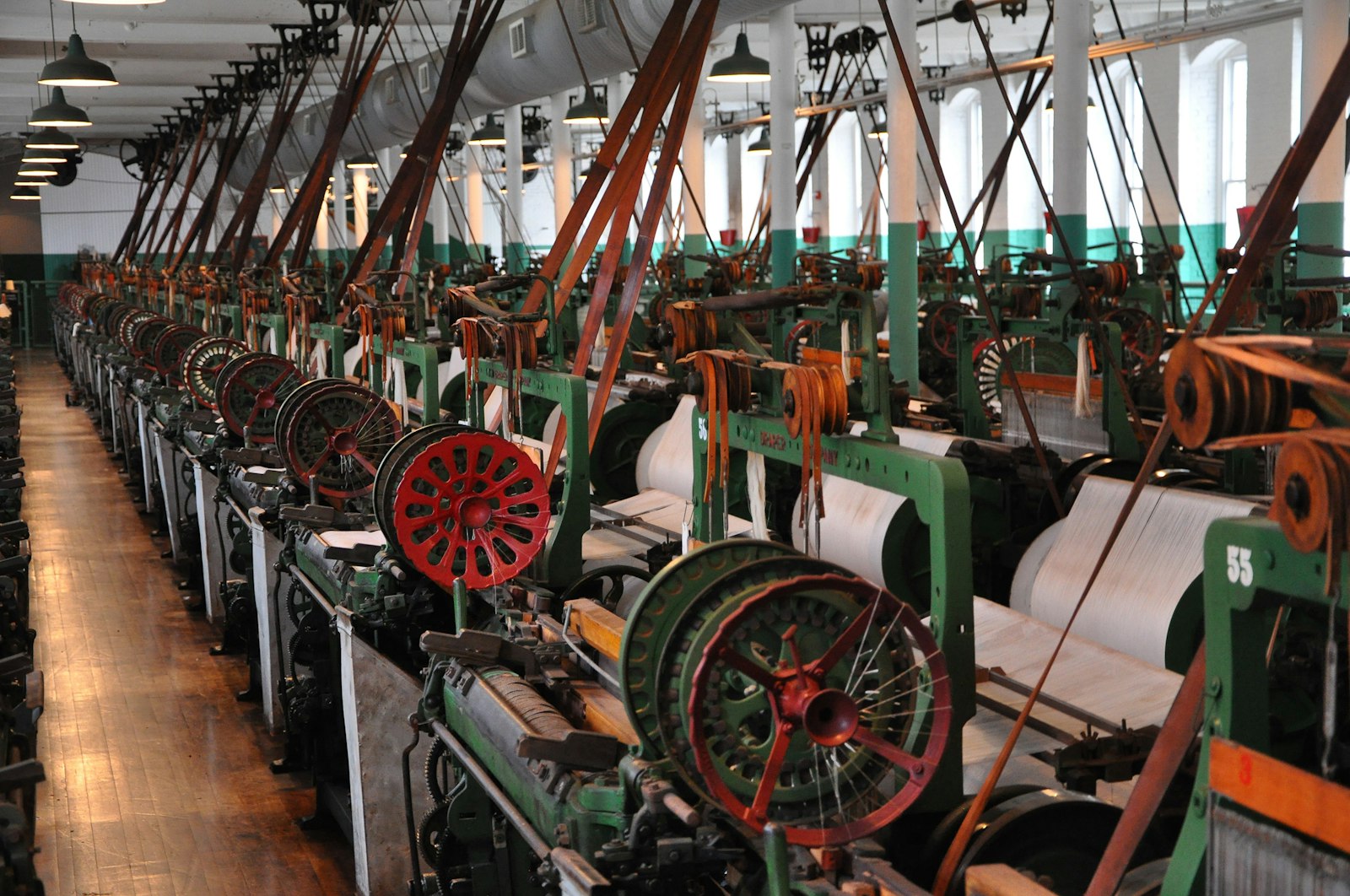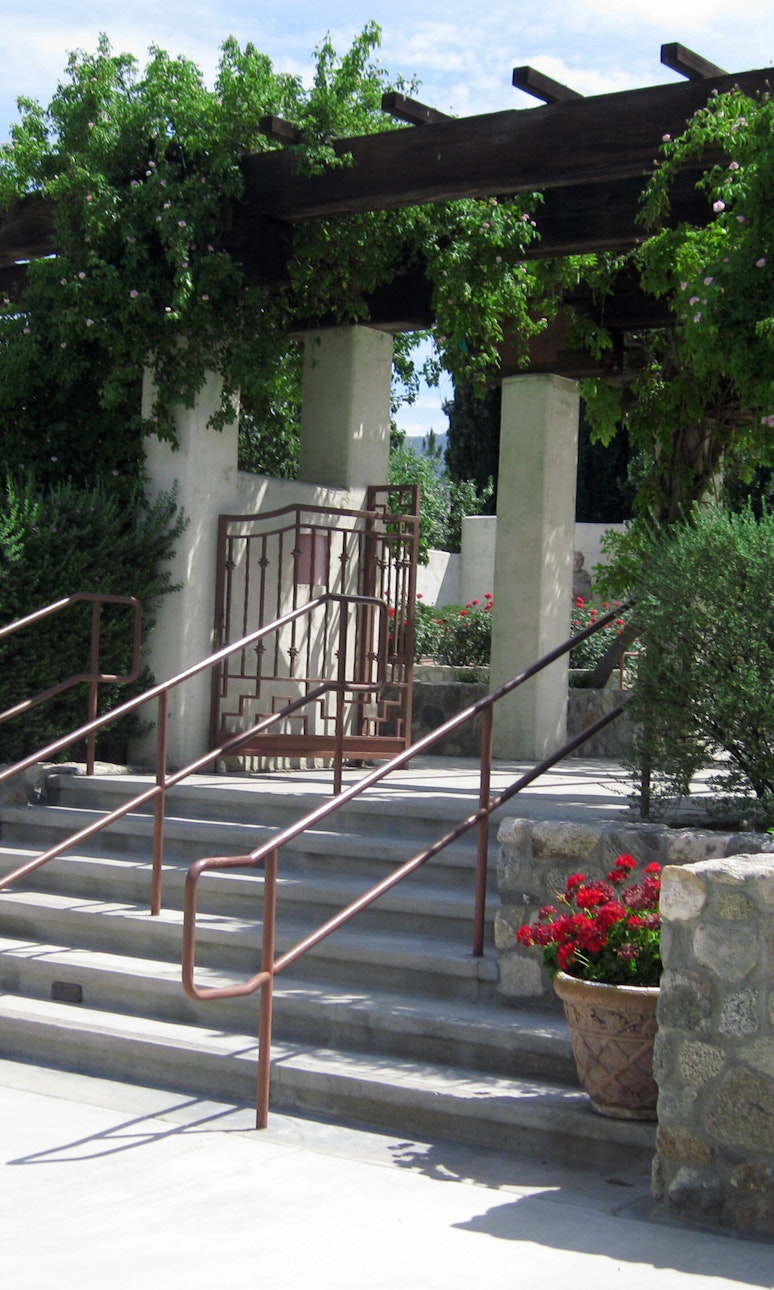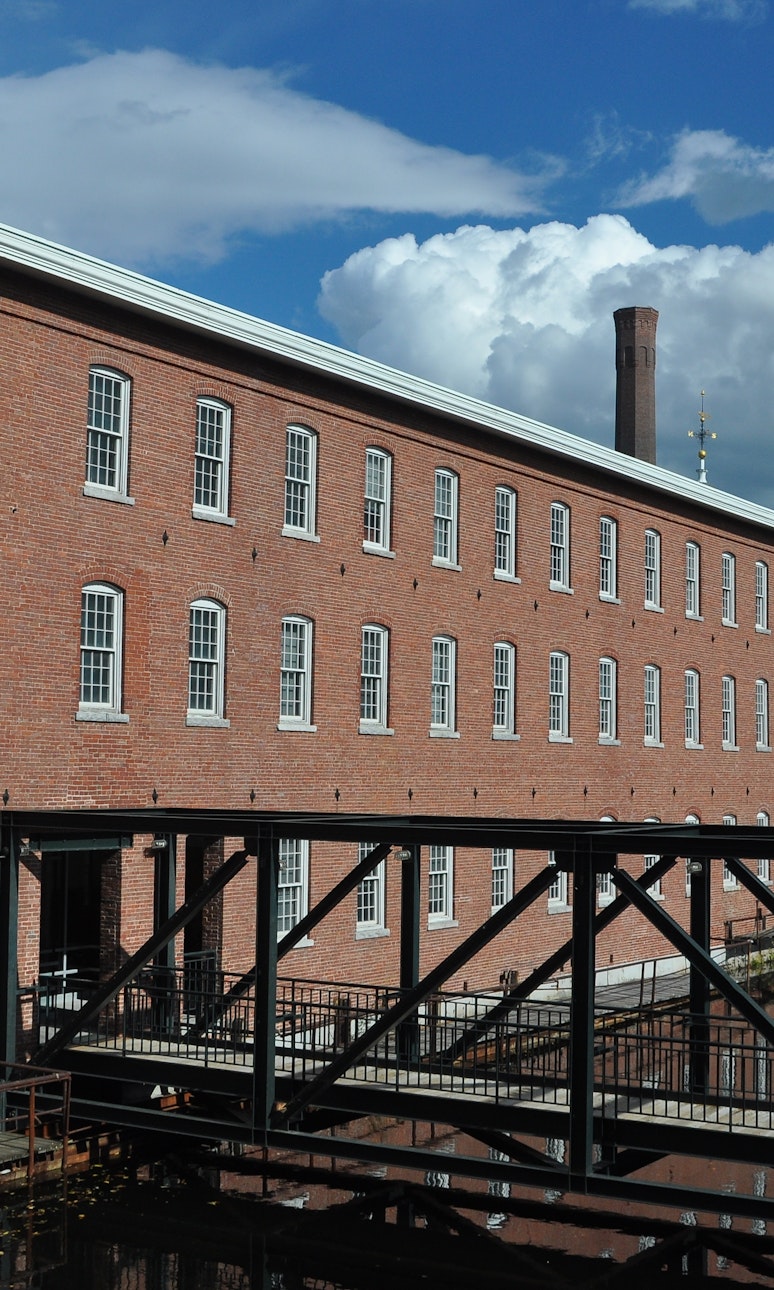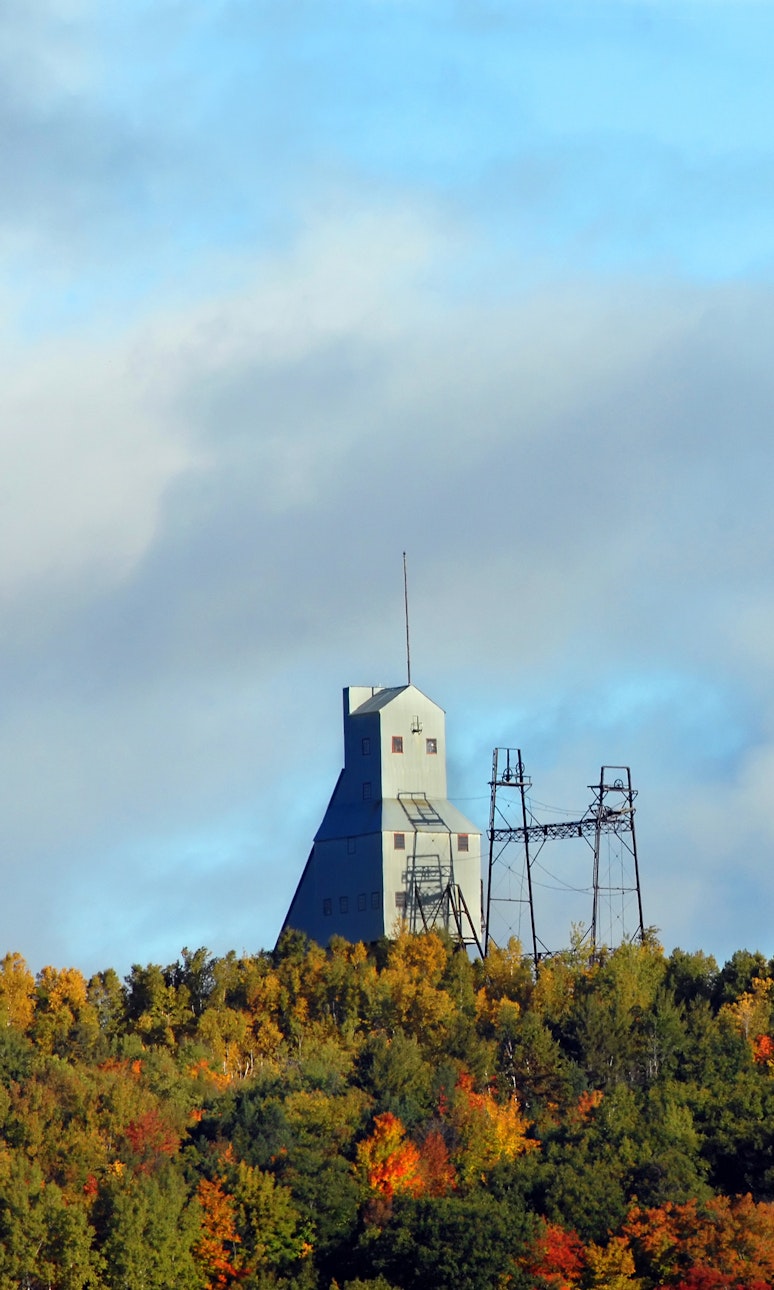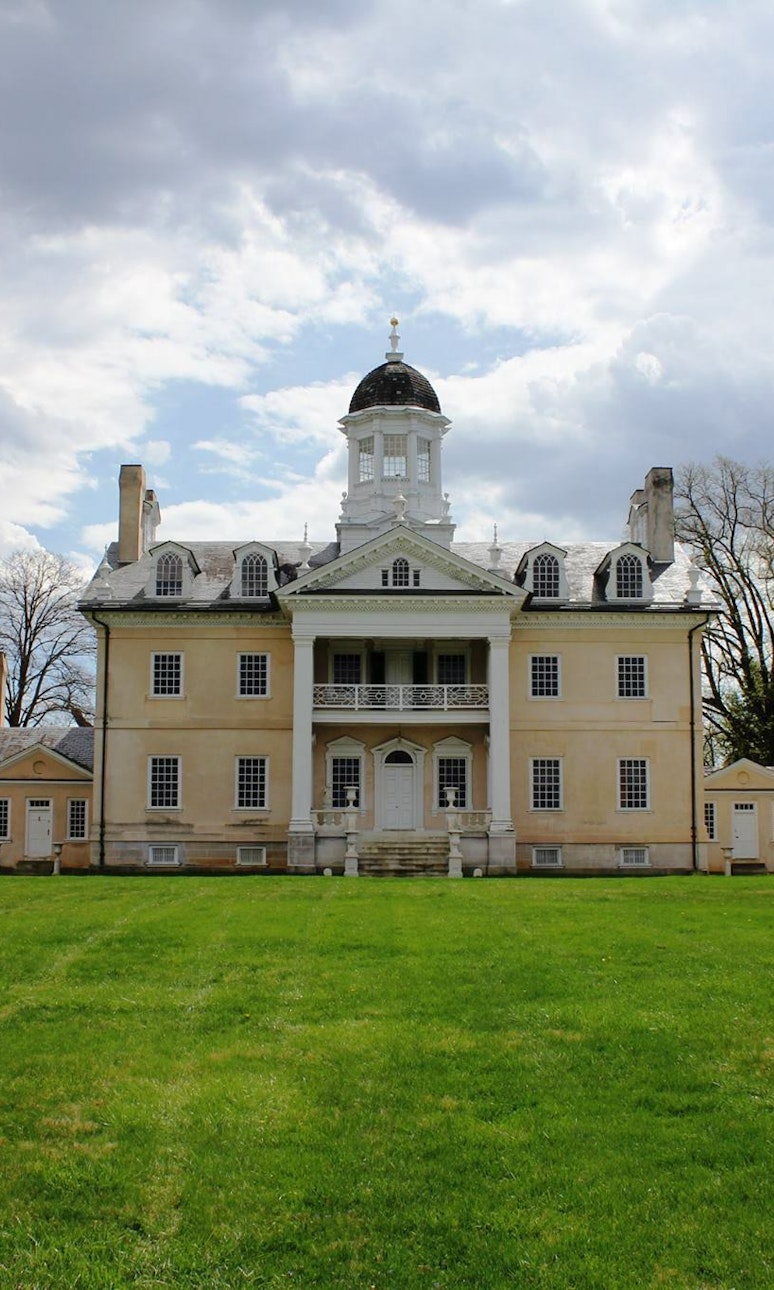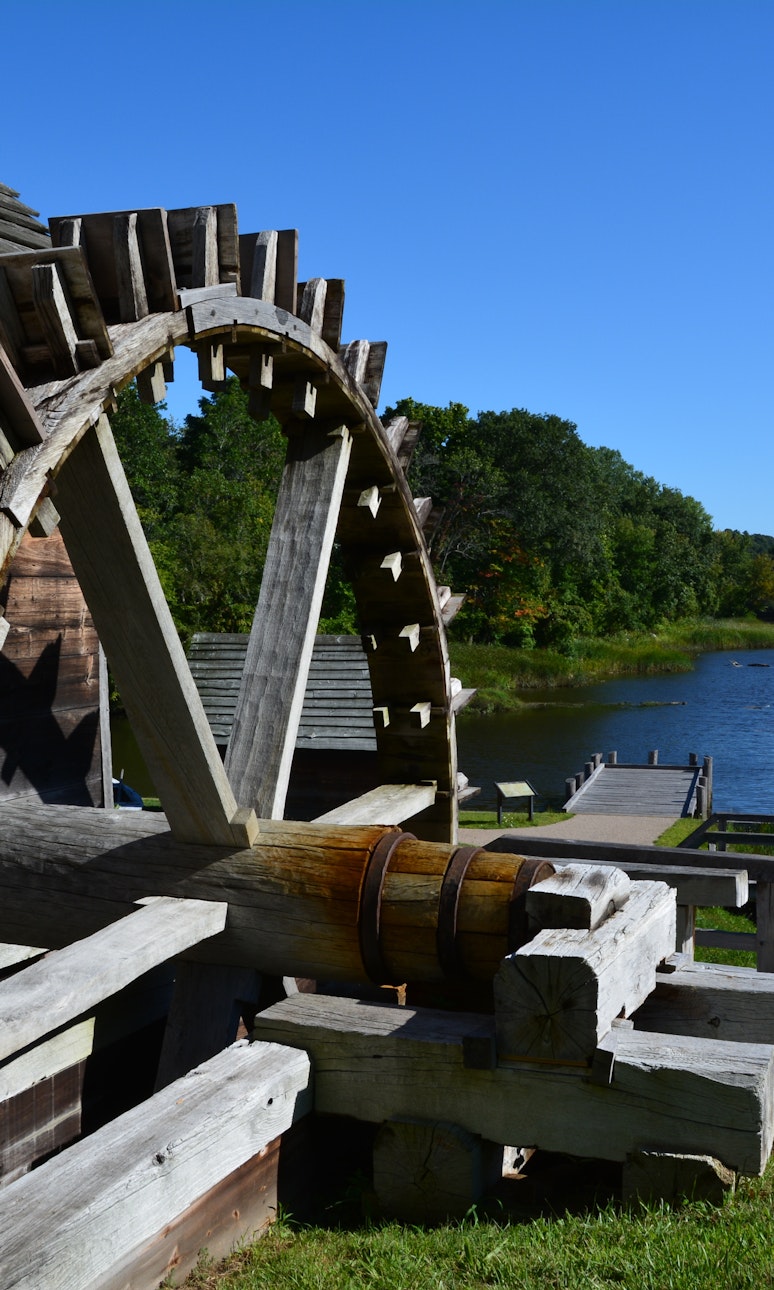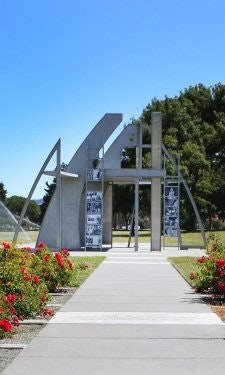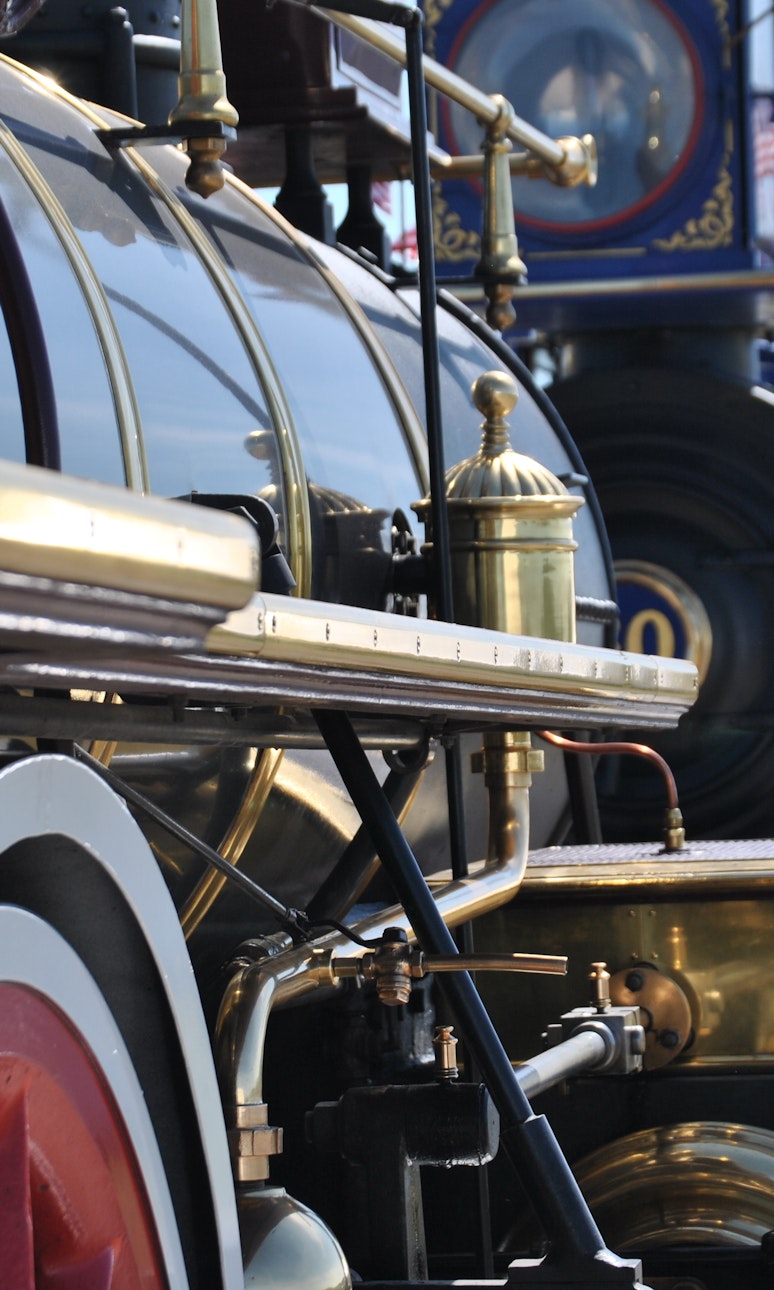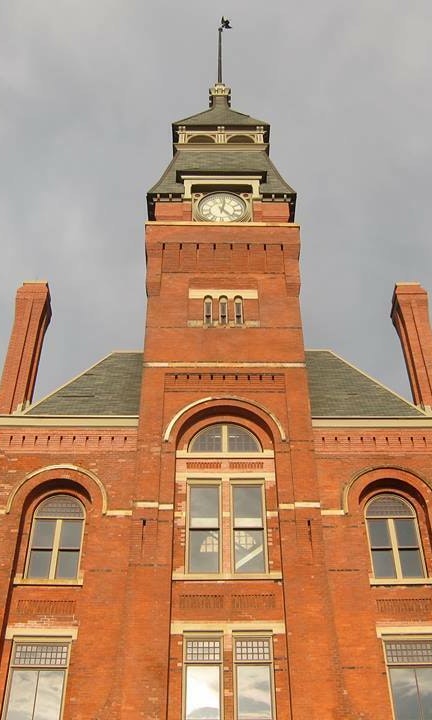
Labor History in Parks
-
Environment, Technology, and LaborThe effects of industrialization on people and the environment is a prominent story across national parks. Lowell National Historical Park and Saugus Iron Works National Historic Site examine the intersections of technological change and labor in New England.
-
Revolutionary WorkBattlefields and other national park sites associated with the Revolutionary War and Civil War are giving greater attention to labor. Park staff and partners examines slavery in both a national and local context, connecting military and political history to the lived experiences of free and enslaved African Americans.
-
Union History PreservedIn the 1890s, a strike and boycott by employees of the Pullman Company called attention to inequality in the Gilded Age. The following creation of the Brotherhood of Sleeping Car Porters, the first African American labor union, transformed the American labor landscape. These stories are forever preserved at Pullman National Historical Park.
The Stories of a Country at Work
In Great Smoky Mountains National Park, the remnants of log camps, sawmills, and company towns remain visible on the landscape. At Keweenaw National Historical Park, copper mining sites with a history spanning millennia are interpreted by National Park Service (NPS) staff and partner organizations. And, at Hampton National Historic Site, the lives of enslaved African Americans who labored in nearby iron furnaces, as well on the estate itself, have become a central focus of research and public programming.
The National Park Foundation (NPF)’s work helps safeguard the historic sites and collections that hold our shared history through dynamic educational programs, professional development opportunities, rehabilitation of historic sites, and the preservation or irreplaceable artifacts and places.
NPF and NPS are working together to expand storytelling at parks to share a more comprehensive history of the U.S., including the contributions and stories of forced laborers, enslaved people, and advocates of the labor movement. The histories of work and working people help us explore the lives of a broader range of individuals – each with their own labor history to share – and invite us to imagine a better future.
